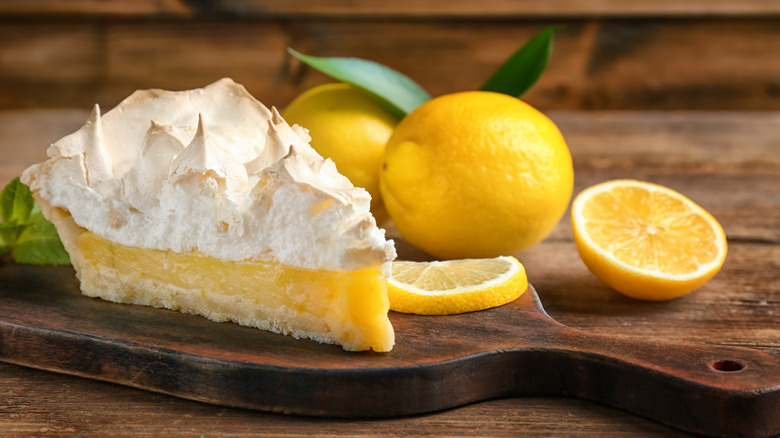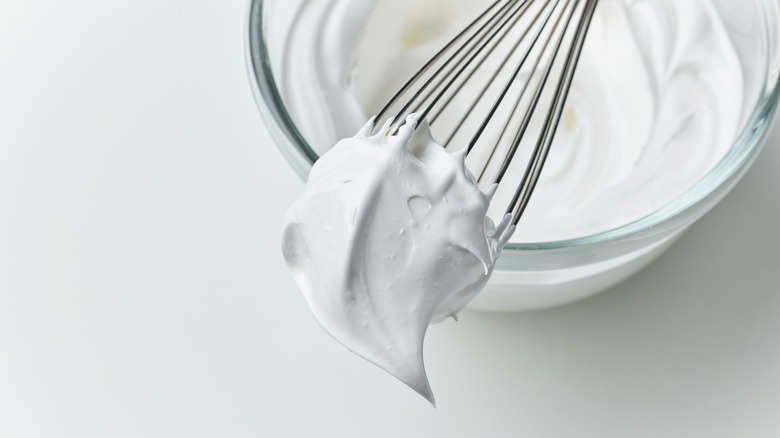What Happens If You Overbake Meringue?
Fluffy, melt-in-your-mouth meringue is the key to finishing a perfect lemon meringue pie or key lime pie, as well as inventive variations like a lemon verbena and raspberry meringue pie or a coconut-lemongrass lemon meringue pie. Egg whites whipped with sugar, and sometimes cream of tartar, are frothed into a voluminous topping that is lightly crisped on the outside, yet gooey and marshmallow-like on the inside.
But all bakers know that a meringue can be notoriously finicky. It requires time and attention to beat the egg whites at the right speed, for the right amount of time, and while using eggs that are the correct temperature blended with the correct ratio of sugar. Even once you have achieved those glossy stiff peaks, the battle isn't over. A meringue topping on a pie must be baked at a low heat for typically less than 15 minutes, until it turns a golden brown. But tragedy can strike if you don't hear the oven timer go off and your meringue gets trapped in the heat for longer than the recipe called for.
Call to mind the last disappointing slice of lemon meringue pie you ate. It's possible that overbaking the meringue is the root of what happened to thwart your tastebuds.
Overbaking wrecks the texture of a meringue
Overbaking meringue will result in a phenomenon known as weeping, in which the egg whites contract, releasing moisture that collects between the meringue and the pie filling beneath it. Another sign of a weeping meringue is when droplets of brown liquid collect on the surface of your meringue. If you've ever eaten a slice of meringue pie that was inexplicably moist, this is probably what happened.
When baking a meringue, which is made from egg whites, it can be a struggle to bring the egg whites to a safe temperature for consumption (160 degrees Fahrenheit, per LiveStrong); If you want to be extra safe, you can use pasteurized dried egg whites instead of fresh.
And if you want to prevent your meringue from weeping, the first thing you can do is make sure that you don't leave it in the oven for too long. You also want to apply the meringue on top of the pie filling while the pie is still warm so it will start cooking and seal itself to the filling. Make sure that you spread the meringue all the way to the edges of the crust, as gaps will allow room for leakage.
Cooking on low humidity days is also crucial to creating a stable meringue, since moisture in the air can be absorbed by the meringue. Use a stabilizer like cornstarch or cream of tartar to keep your meringue peaks stiff and pristine. Once baked, cover and chill your pie immediately to let it set.

